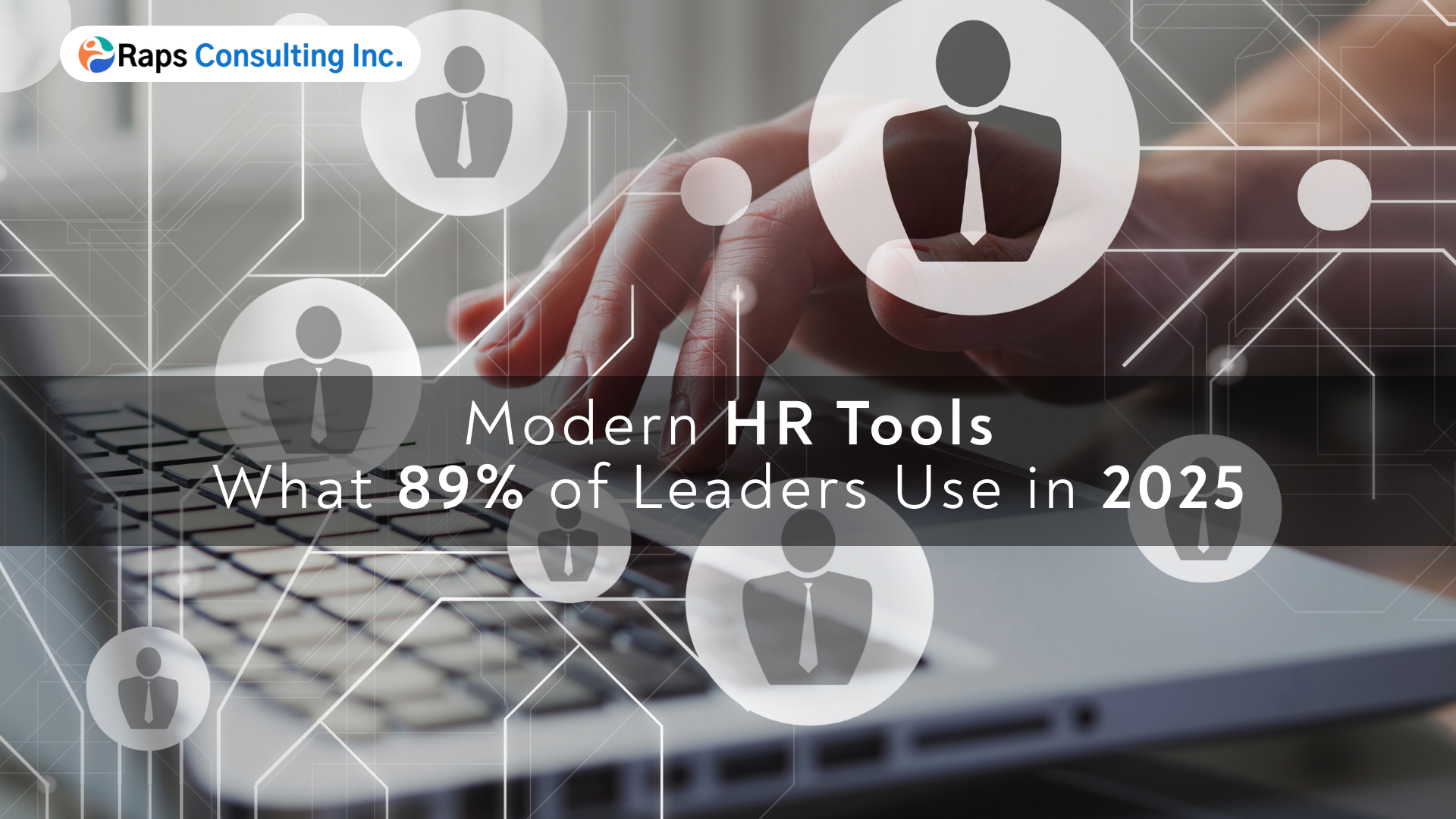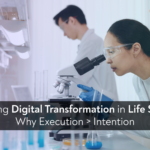The HR Upgrade No One Regrets
If you’re still managing people through inbox approvals, spreadsheets, or outdated portals—you’re not optimizing HR. You’re surviving it.
In 2025, 89% of high-performing organizations have already transitioned to modern HR tools. Not because it’s a trend. Because legacy systems can’t support agile growth, remote work, or compliance at scale.
This isn’t about tech adoption—it’s about business survival.
Healthcare Sector Experienced Highest SaaS Growth, While IT & Telecom Leads Market Share
Based on industry, the market is segmented into IT & telecom, BFSI, retail & consumer goods, healthcare, education, manufacturing, and others.

Let’s break down the 10 core reasons top leaders made the switch—and why it’s no longer optional for growing teams.
1. HR Systems Must Match How Work Actually Happens
60% of employees now work remotely or in hybrid roles (Gallup, 2025)
Outdated HR tools weren’t built for global, distributed, always-on teams.
Modern platforms deliver:
- Cloud-based access for all stakeholders
- Real-time sync across teams, roles, and hierarchies
- Seamless onboarding and approvals—anywhere, anytime
2. Onboarding Is No Longer an Admin Task—It’s a Brand Moment
The first 7 days define an employee’s long-term engagement.
Top HR platforms now offer:
- Automated task flows for every role
- Interactive welcome kits and compliance onboarding
- Role-based documentation and instant provisioning
3. Real-Time Performance Management Replaces Annual Reviews
High-performing teams don’t wait for year-end to get feedback.
Modern HR tools enable:
- Continuous performance tracking
- Custom OKRs, live feedback, and alerts
- Dashboards for real-time visibility into team health
4. Payroll Mistakes Aren’t Just Costly—They Erode Trust
Automated systems reduce payroll errors by over 65% (PwC, 2024)
Smart platforms handle:
- Role- and region-based pay calculations
- Real-time leave and attendance sync
- Secure, transparent self-service portals
5. Document Management Isn’t About Storage—It’s About Control
Still sending policies by email? You’re already behind.
Modern systems offer:
- Centralized HR document libraries
- Version control, audit logs, and access tracking
- Expiry alerts and legal-ready archiving
6. Data-Driven HR Makes Better Business Decisions
Companies using people analytics are 2.3x more likely to outperform (McKinsey, 2024)
Today’s platforms surface:
- Attrition predictors
- Skill gap analysis
- Engagement metrics with actionable insights
7. Employee Experience Isn’t a Perk—It’s Performance Infrastructure
Recognition, feedback, and clarity are now expected—not “nice to have.”
Top companies automate:
- Recognition workflows and milestones
- Real-time pulse surveys
- Feedback loops built into daily operations
8. Compliance Gaps Start in Manual Systems
Whether it’s data privacy or regulatory audits, HR tools must do more than store files.
The best platforms include:
- Access logs and document trails
- Auto-expiry alerts for compliance docs
- Built-in support for evolving policies
9. Scaling Without Systems = Controlled Chaos
Growth without infrastructure breaks teams.
Modern HR tools scale with:
- Org chart flexibility
- Multi-location policies
- Modular feature add-ons as teams expand
10. Future-Ready HR Is Built on Intelligence, Not Admin
The best companies don’t just digitize—they optimize.
They’re already using:
- AI for workforce planning
- Skills-first hiring pipelines
- Integrated HR insights for leadership
Where RAPS EHRM Comes In
RAPS EHRM is designed for organizations that want clarity, control, and compliance baked into every layer of people operations.
From onboarding to payroll to workforce analytics—it’s a unified HR system that adapts as you grow.
Not just smarter. Sharper.
Final Word
The market is already moving.
89% of leaders have upgraded their HR stack.
If your people systems still belong to another decade, your results probably do too.
Is it hard to switch HR platforms?
No. Leading tools offer guided, non-disruptive migrations.
Are these tools only for large teams?
No, RAPS EHRM scales with your business, from startup to enterprise.
Can they support hybrid and remote operations?
Absolutely. They’re built for flexibility across locations and schedules.
Is sensitive employee data secure?
Yes. Enterprise-grade encryption and role-based access come standard.
What if we need compliance tracking?
You’ll get automatic alerts, audit logs, and full documentation control.
How do we explore RAPS EHRM?
Book a personalized demo at rapscorp.com/raps-ehrm






Leave a Reply